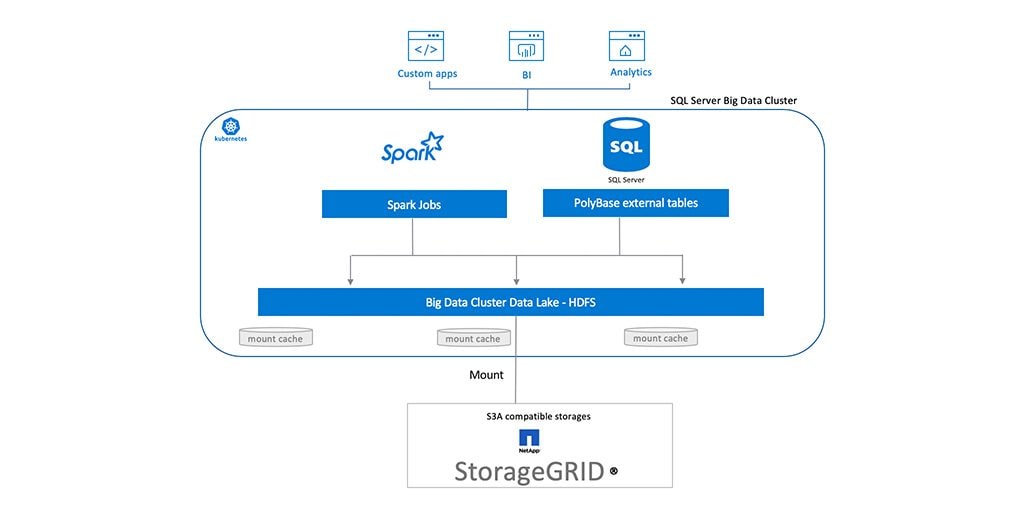Automatically Tier Your Data to Amazon S3 Glacier with NetApp StorageGRID


Ashley Hemmen

NetApp continues to show customers like you how to optimize your data fabric by managing your data across clouds and on-premises infrastructures. Consuming and accessing your data should be a seamless experience, wherever your business is. NetApp’s announcements today include a whole host of new capabilities that can further help you to bring your Data Fabric to life.
Regardless of where you are in your cloud journey, we at NetApp are continuing to build open solutions that enable you to move your data where you see fit. After all, you’re the boss.
Easily Manage Rapidly Growing Unstructured Data
It’s no secret that unstructured data is rapidly growing. To help you use the wealth of data that’s created from media files and Internet of Things (IoT) devices for consumption, analytics, and more, NetApp continues to build more flexible solutions.
As a software-defined, object storage solution, NetApp® StorageGRID® technology gives you intelligent, policy-driven data management. The open, optimized, and scalable architecture of StorageGRID enables you to manage your data at scale. As a core component of your data fabric, StorageGRID simplifies your hybrid multi-cloud experience with open APIs for storage and for management, meaning the tools and process you create aren’t locked to a single vendor.
With the release of StorageGRID 11.2, you get additional hybrid cloud integrations, with the support of StorageGRID tiering to Amazon S3 Glacier storage. Integration with the StorageGRID policy engine enables you to store your objects in AWS S3 Storage. You can optionally transition them to Amazon S3 Glacier by configuring a lifecycle rule. Applications are able to restore the objects stored in Amazon S3 Glacier by issuing a restore request to StorageGRID. The public cloud now simply becomes another pool of storage that you can apply the same intelligent and granular rules you used with your on prem resources. This feature opens the door to more flexibility for you to store your archives across clouds. And it might also open the door to cost savings for your objects as you free up your on-premises object store for higher-performance workloads.
The StorageGRID information lifecycle management (ILM) policy engine enables you to set automatic policies for your data. Use these policies so that your data is in the right geographic place at the right time, with appropriate levels of performance and resiliency throughout the lifespan of your data. With the StorageGRID ILM policy engine coupled with tiering to Amazon S3 Glacier, you can eliminate data management headaches and stress as your data is automatically managed throughout its lifecycle.
To see how simple it is to set up tiering to Amazon S3 Glacier, watch the following demonstration.
https://www.youtube.com/watch?v=8YFd65E_E5s
And you get more than just Amazon S3 Glacier tiering support. StorageGRID 11.2 also packs more simplicity and security enhancements to bring more of the cloud experience on the premises. Your data is available at the right time, in the right place, at the right cost. And with version 11.2, you can benefit from multifactor authentication, higher performance for small object workloads, and continued simplicity.
If you’re ready to learn how StorageGRID object storage can benefit your environment, visit the StorageGRID page on NetApp.com to access more resources for your specific use cases.
Ashley Hemmen
Ashley is a Product Marketing Manager at NetApp, leading go-to-market activities for StorageGRID. She previously spent over two years marketing products enabled by Element software, namely SolidFire and NetApp HCI, giving her a well-rounded understanding of NetApp’s Cloud Infrastructure product portfolio. When she is not behind her computer, Ashley loves the Colorado outdoors, beaches, adventures, and chocolate chip cookies.